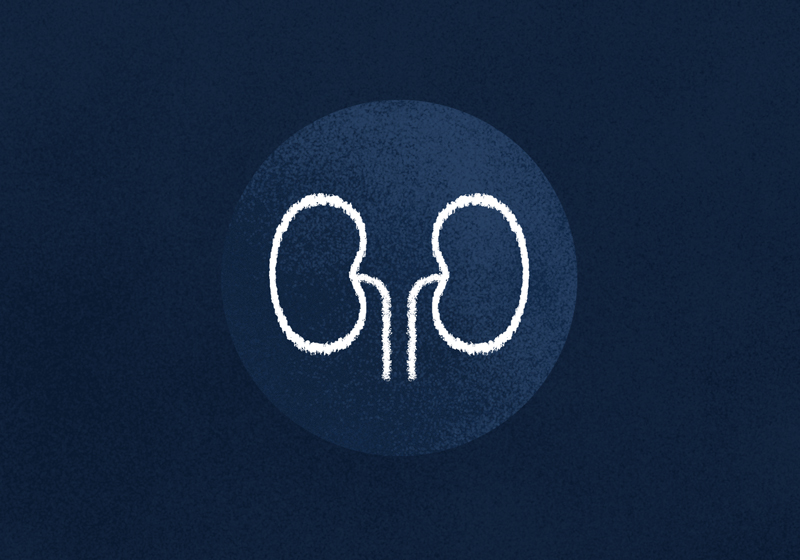Kidney Conditions

Kidney Stones:
Kidney stones (renal calculi) are hard crystal and mineral deposits in the urine and can affect men and women at any age. They may be found incidentally or, if they have moved into the ureter, be the source of:
- sudden pain in the side of the body
- blood in the urine (haematuria)
- recurrent urinary infections.
Kidney stones may be treated by non-surgical methods or through surgery such as shock wave lithotripsy, ureteroscopy with laser destruction, or keyhole percutaneous nephrolithotomy (PCNL). Dr Sethi has expertise in each of these methods and will work with you to explore all options to best suit your needs.
Kidney cancer:
Nearly 4000 cases of kidney cancer are diagnosed each year in Australia. They are often detected incidentally but may present with symptoms such as pain in the side of the body or blood in the urine (haematuria). Small growths in the kidney (less than 3-4cm) have a 20% chance of being benign, and a renal biopsy may help to characterise these lesions further.
If the kidney tumours are malignant, the goal of surgery, where possible, is to remove the cancerous growth and preserve most of the normal kidney. For many kidney cancers, a partial nephrectomy would therefore be a suitable option as this is curative and helps preserve long term kidney function.
Alternative approaches for smaller kidney tumours include active surveillance and ablative techniques (cryo or radio-frequency ablation). For larger masses, removal of the whole kidney (radical nephrectomy) may be required. Kapil has completed a fellowship in a specialty hospital in Manchester under surgeons who have pioneered minimally invasive surgery in the UK, to gain experience in advanced laparoscopy and robotic surgery for such cancer.
Renal cysts:
Renal cysts are commonly found on scans and are usually inconsequential. Cysts may occasionally have some complex features and require further specialised imaging. Very occasionally, some complex cysts may have a chance of being cancerous and require further treatment or ongoing surveillance. Some cysts may grow in size and cause discomfort, requiring drainage.
PUJ obstruction:
The PUJ (pelvi-ureteric junction) is part of the urinary drainage system linking the kidney to the ureter and ultimately the bladder. A PUJ obstruction is when there is an impairment of drainage from the kidney to the ureter that is congenital or acquired. This may cause flank pain, stones, recurrent infection and cause long-term kidney loss. If there are pain symptoms or evidence of poor kidney function, unblocking may be required. The best approach is a robotic pyeloplasty, where the impaired segment (PUJ) is removed, with a new join made between the kidney and ureteric drainage system. Dr Kapil Sethi is trained robotically and laparoscopically to perform this procedure. Other treatment options in those unsuitable for a pyeloplasty include incision into the PUJ segment (endopyelotomy) or long-term internal stent placement.